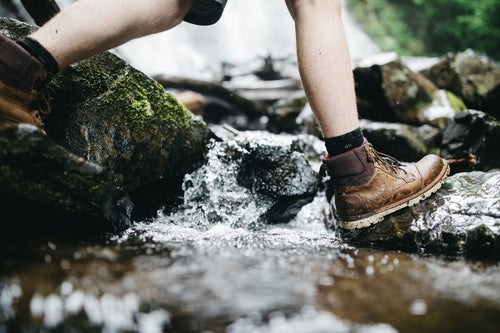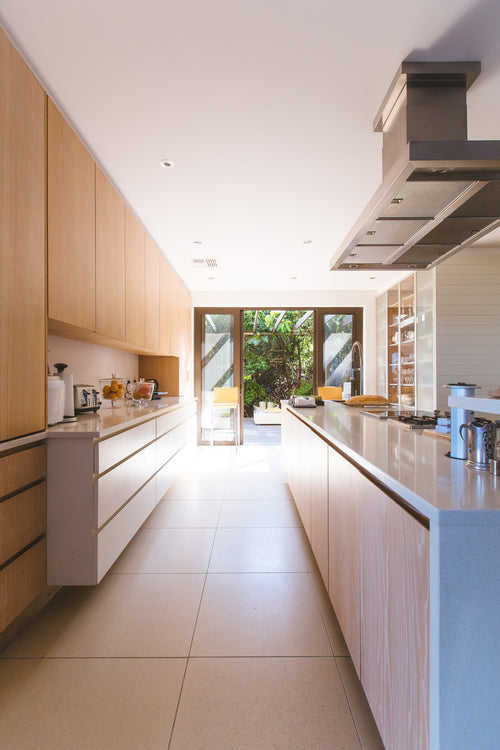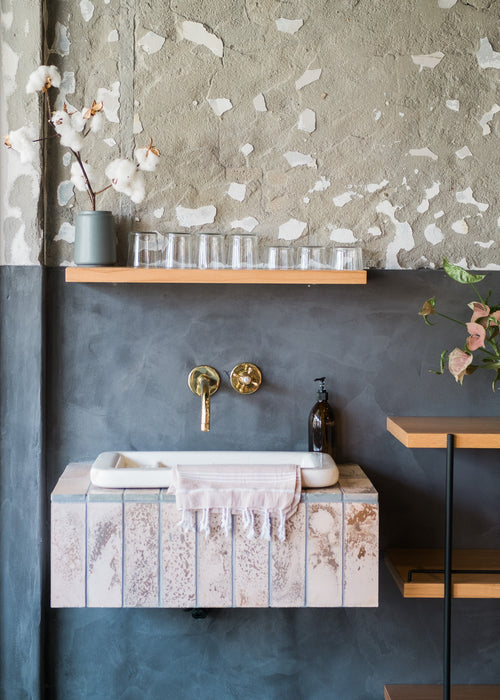CARE TIPS FOR LEATHER HIKING BOOTS

Every hiker knows that the right hiking boots are an essential component of a good hiking experience. Quality boots protect your feet, providing support for walking over difficult terrain and shielding them from moisture and mud.
Of course, your hiking boots will only take care of you if you do a good job of taking care of them. That means cleaning them properly and sealing them to maintain their waterproofing. There are specialty products you can use, or you can opt for a nontoxic multi-purpose product to treat your hiking boots. Here are some care tips for leather hiking boots to help you keep your boots in good shape.
CLEAN YOUR HIKING BOOTS AFTER EACH HIKE
The first thing you will need to do is clean your boots after you return from a hike. Cleaning should happen soon after your hike ends but you can wait until the next day if your boots are caked with wet mud or you’re too tired to deal with them.You should never put your hiking boots in the washing machine or dryer. The best way to clean them is by hand.
Remove the laces and use a clean, dry brush to gently clean dried mud and dirt from the leather uppers of your boots. If your boots are exceptionally dirty and need more cleaning than a dry brush can provide, then you can use water. Use a cleaning product that’s designed specifically for use on leather boots. Do not use bar soap or detergent as these can destroy the waterproofing on your boots and damage the leather.
If there is mold on your boots, the best option is to wash them in a solution of 80% water and 20% white vinegar. The vinegar will kill the mold without damaging your boots. Rinse your boots with clean water after washing them.
You should also clean the outsoles of your boot. It’s important for your boots to have full treads to protect you when you’re on treacherous terrain. Use a brush to scrub dirt and gravel out of the treads. If it’s caked on, you can soak the outsoles and use a hose or power washer to wash the dirt away after the water has softened it.
DRY YOUR BOOTS
After you clean your boots, you should allow them to air dry. As we stated above, do not put your hiking boots in the dryer. The high heat can damage and crack the leather, causing it to shrink and not fit properly. The same goes for any external heat source, so avoid putting your boots near a heater, fireplace, or radiator.If you do need to accelerate drying, here are some tips for you to try.
- Remove insoles from boots and allow them to dry separately.
- Crumple newspaper and place inside boots. Replace paper as it becomes damp.
- Place boots in front of a fan.
CONDITION YOUR BOOTS
The final step before storing your boots is to condition them. While there are many products to choose from, the best product to condition your hiking boots is a vegan, multi-purpose product that’s free of harsh chemicals.
Conditioning your boots helps to protect the leather and keep it looking its best. The right conditioner can also repel water and prevent stains that can mar the appearance of your hiking boots.
While a product that’s designed for use on leather is unlikely to cause any problem, we still recommend testing your sealer on a small patch of leather in a hidden spot, such as the tongue of your boot. If the test results are satisfactory, you can apply the product to the entire upper of your boot.
Keep in mind that it is not ideal to use mink oil or anything that’s designed for industrial boots on your hiking boots, as it may make the leather too soft to provide the support you need.
Your leather hiking boots are your defense against rugged terrain, wet weather and mud. Keeping them clean and sealed will ensure that your feet have the protection they need—wherever you go.



